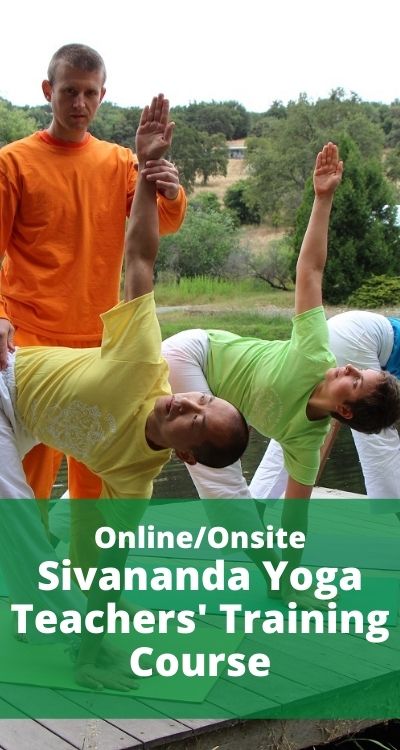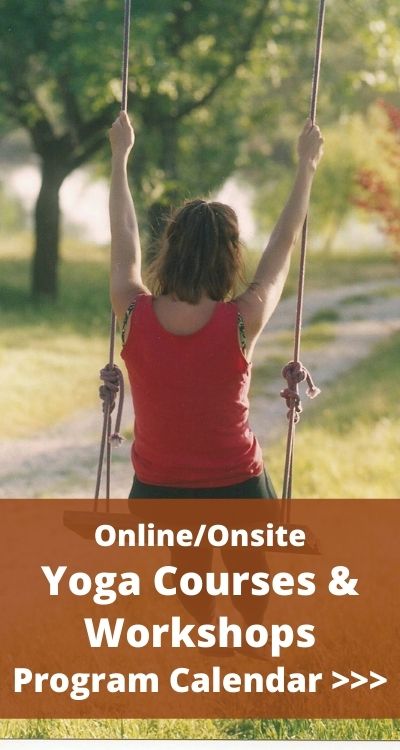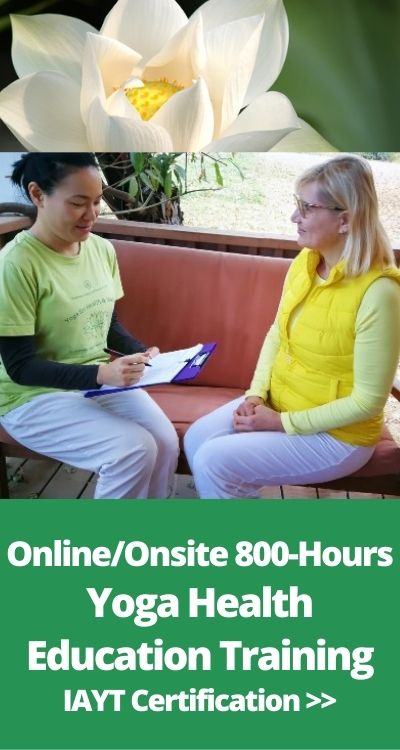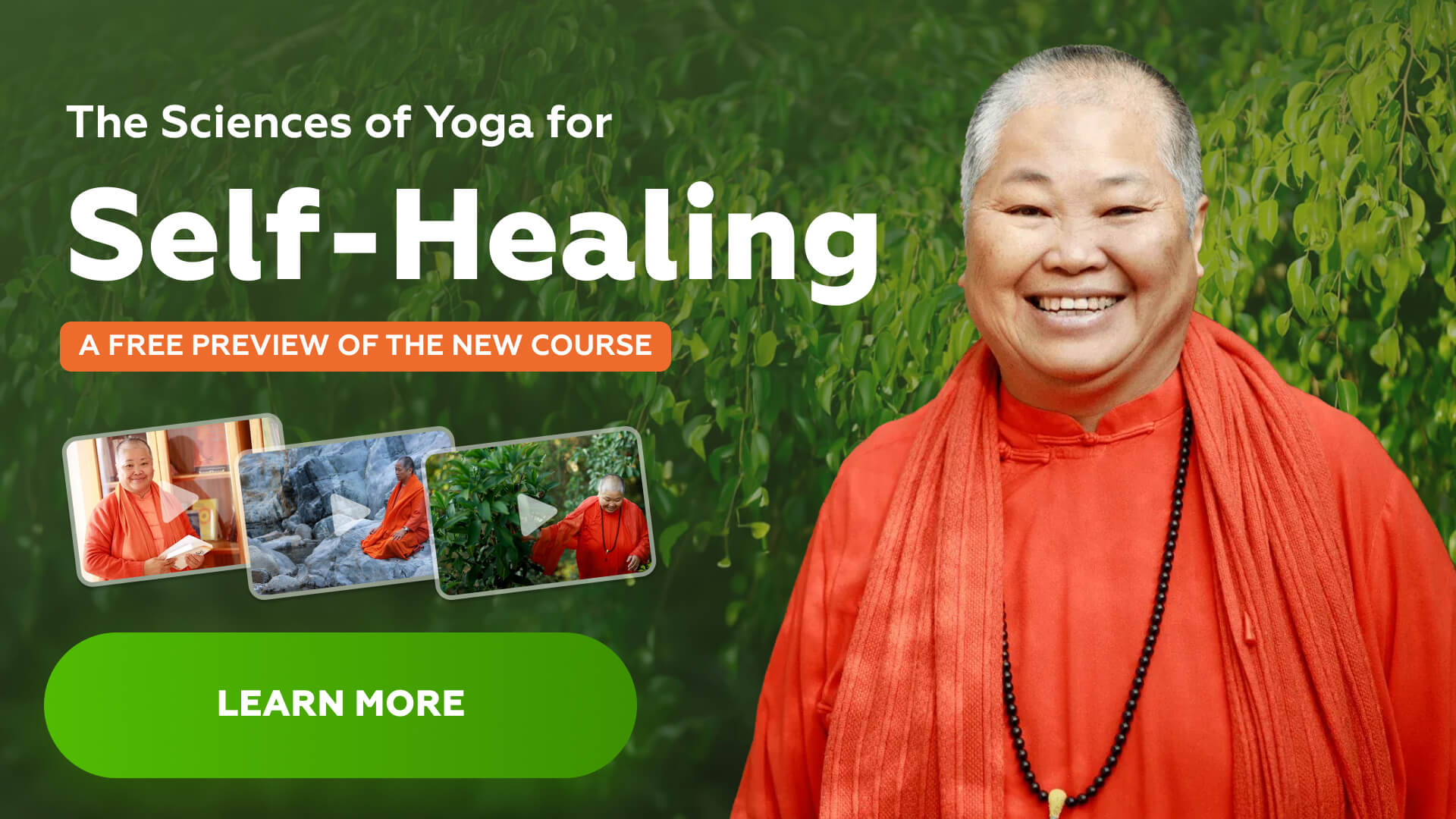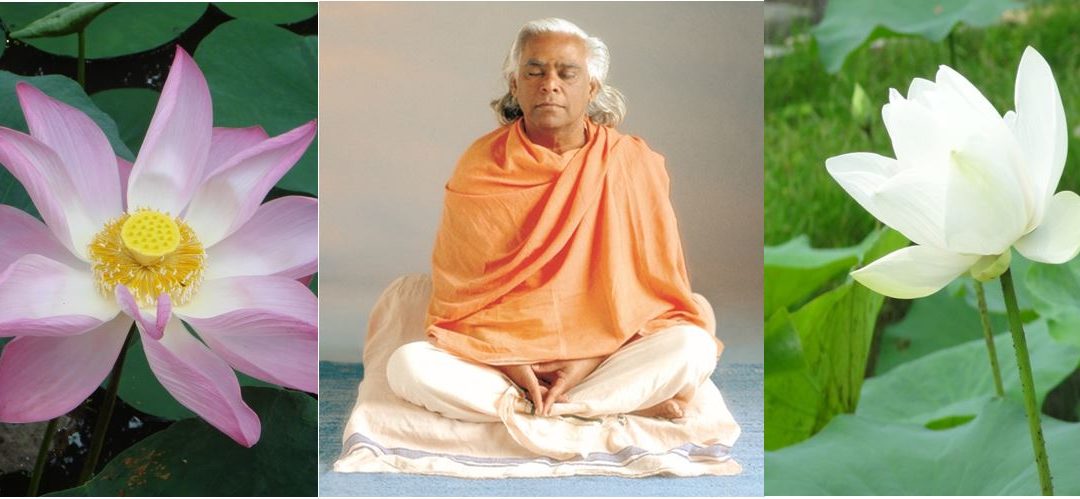
by Swami Sitaramananda | Sep 30, 2018 | 4 Paths of Yoga
How to Meditate for Beginners
Now just for a few minutes, dive deep into that silence. Hear the silence, see the silence, taste, smell, and touch the silence.
The last moment of your life, you’ll hear that beautiful silence, that melody of your soul, the sound of your own soul, the music of your soul. That Godhead, that peace will come to you. You will leave your body with full awareness and peace and shanti. Now dive deep. Hear the eternal sound of Om in silence, and we’ll keep silence just for a few minutes, just a few minutes.
Play of the Mind
You sit for three hours with eyes closed. Does the meditation come? Sitting with closed eyes like a statue is not going to bring you anything as long as the play is still going on inside. Continuously the play is going on; meditation is a continuous de-hypnotizing of our identity with this play, this play of the body and mind.
Meditation is a continuous dehypnotizing of our identity with this play.
Meditation Starts with Detaching from the Mind
Meditation starts in your day-to-day life. If you cannot detach yourself from the day-to-day activities, you cannot close your eyes and meditate. If we have continuous identification with our activities and nature, when we sit, the same activities will go on. Even if you keep your eyes closed, your hands clasped, your feet crossed, still the mind is not checked.
The mind will play the part and you are going to identify with the mental play. Whether you are going to work with your physical body and identify with your physical body, or if you keep the physical body still and close the eyes, it makes no difference. The mind will play its part in all conditions.
In order to detach and keep the mind away from the day-to-day portion so that when you sit for meditation you will be able to withdraw the mind, you must take the first step which is called Karma Yoga. Karma Yoga is the fundamental step on which your meditation practice is built. No meditation is possible without Karma Yoga; it doesn’t matter what else you do.
Excerpt from the book: Swamiji Said – A Collection of Teaching by Swami Vishnudevananda in His Own Words
Follow us
[et_social_follow icon_style=”slide” icon_shape=”rounded” icons_location=”top” col_number=”2″ counts=”true” counts_num=”0″ outer_color=”dark”]
Subscribe to the Yoga Farm Newsletter for regular updates, articles, and upcoming events.
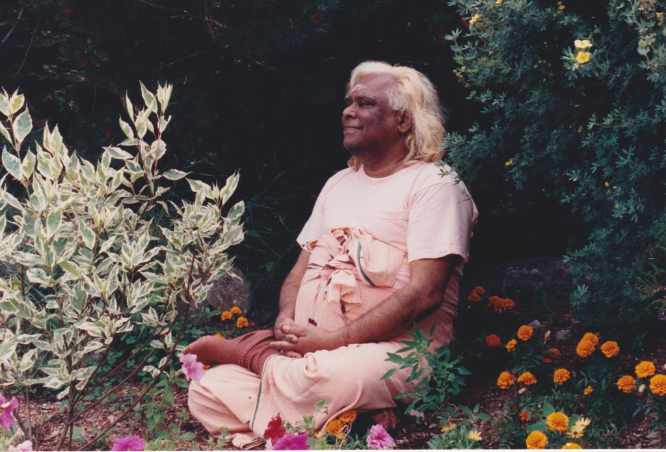
by Swami Sitaramananda | Feb 20, 2018 | 4 Paths of Yoga
Why is it that as people age it seems they become more negative, not all of them, just a lot of them?
In life either you follow your desires or you try to live a desireless life. Know that you can never reach satisfaction by fulfilling your desires. Your desire will be fulfilled, but you will not feel fulfilled. Fulfill desire and you will have more desire. Then, when people come to the end of their life and sense they do not have much more time to live, they become frustrated for having not fulfilled all their desires. Anger comes from unfulfilled desire. Anger makes these people become difficult, and possibly die angry.
Face old age the right way
There are those people that have lived their life in a selfless manner, letting go of their ambition and desire. They know that life has a different meaning, other than trying to fulfill desires. They’re living their life meaningfully every minute, and they don’t nurture ambition and personal desire. In this way they are more ready to face old age and to face the moment of transition. Everyone has to go through that tranisition. We’re not going to be young forever, so we have to cultivate something that is lasting.
Invest in your spirit
The meaning of the spiritual life is to invest into something that lasts after you die, after you leave this body. Invest in your spirit. The more you invest in your spirit the happier you are leaving this body, because you feel fulfilled. Not that you satisfied all your desires before you leave this life, but because you are fulfilled. You will never feel fulfilled if you try to achieve satisfaction from the outside, thinking “I will do this, I will do that, I will complete this, and then I will be happy.” Invest your life energy into finding the fulfillment of this moment, that is a spiritual life, and then you are okay.
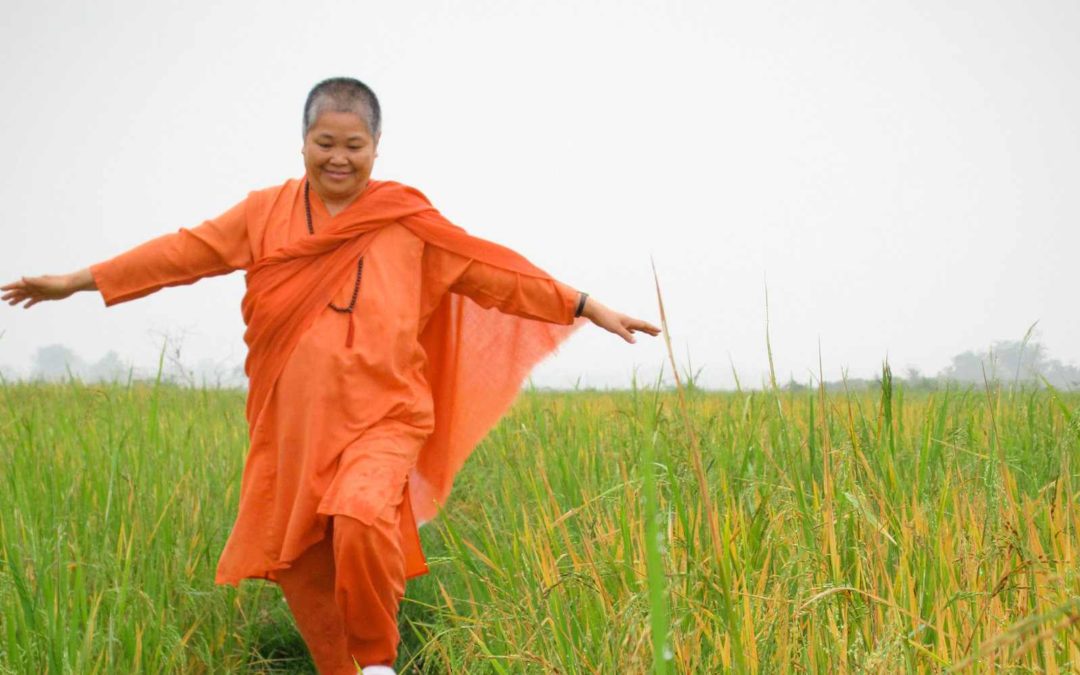
by Swami Sitaramananda | Jan 1, 2017 | 4 Paths of Yoga
17 Loving Reminders for a New Year
Om Namah Sivaya,
Blessings and New Year greetings from the Sivananda Ashram in Dalat Vietnam!
I am sitting on top of the mountain in Central Vietnam looking out to the lake, the distant mountains, and the pine trees moving in the wind.
There is a feeling of gratitude and awe to be in such a healing environment.
I am sending you some reminders of the teachings for your successful, healthy, and fulfilling Yogic New Year.
- * Happiness is within, calm the mind with Yoga practice to find happiness.
- * Peace inside will lead to peace outside. If you want the world to have peace, start with yourself.
- * Everything happens for a reason. Develop faith that you will understand everything and see the bigger picture in due time.
- * Fears make you limited and powerless, cultivate courage. Have self-confidence. Do not worry, be happy.
- * Accept yourself and others, respect yourself and others. This is the beginning steps for positive changes in yourself and others.
- * Let go of the past, it no longer serves you. Do not worry about the future, be aware and awake to be good and do good in the present. The present contains all possibilities.
- * What makes a wise choice? Something that will bring maximum good, and less harm; something that will bring you closer to the Truth within.
- * Detachment does not mean that you are losing something. Actually, you are gaining yourself back instead of losing yourself.
- * Attachment gives you a sense of fulfillment mixed with a sense of fear of losing. Free yourself from fear, by enjoying without losing yourself.
- * You can not get true and lasting freedom without self-discipline.
- * Yoga asanas move your prana and remove your stress. Do them daily.
- * Pranayama gives you balance and renewal. Learn to feel subtly and not just sensually.
- * Meditation a little per day builds up a habit of turning inward and gives a break to the mind.
- * Replace doubts with satsanga, company of those with no doubts.
- * Satsanga means going to the ashram and centers to meet people like you, but also includes reading and contemplating some daily words of wisdom from books of the Masters.
- * Pay attention to Kusanga, bad company. It includes too much indulging in social media, endless chattering of self and others.
- * Keep your mind focussed on your goal of Self Realization.
Om shanti, prostrations to you,
Swami Sitaramananda
Follow us
[et_social_follow icon_style=”slide” icon_shape=”rounded” icons_location=”top” col_number=”2″ counts=”true” counts_num=”0″ outer_color=”dark”]
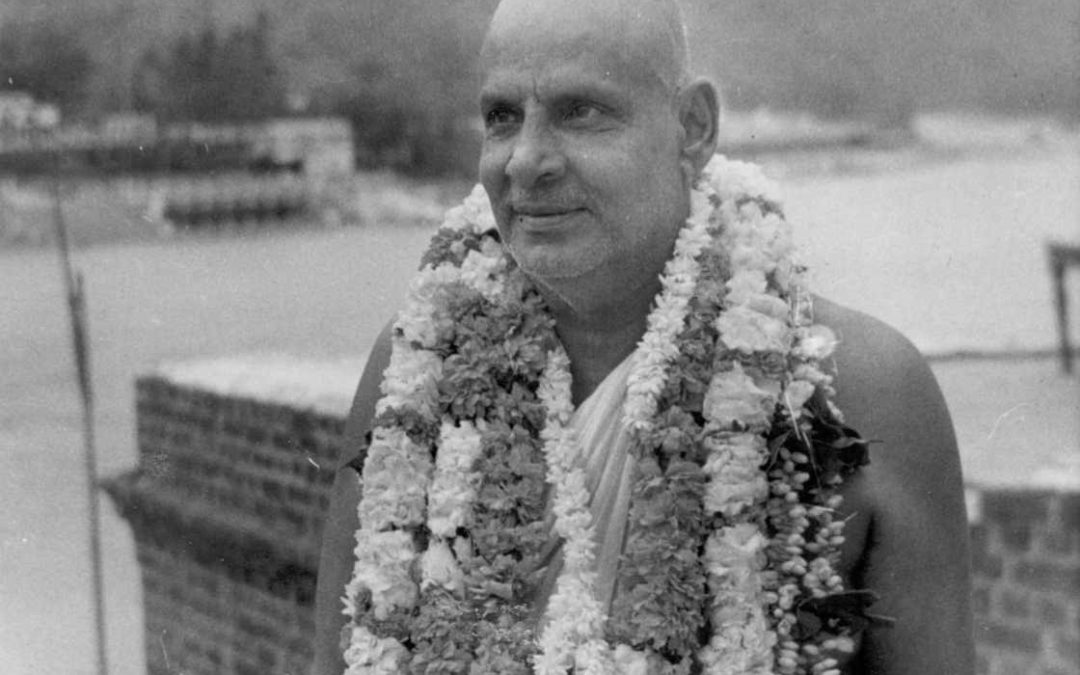
by Swami test | Jul 20, 2016 | 4 Paths of Yoga
 Everybody knows there is such a thing as Yoga, but only a few are aware of what it could and should mean for them and for the whole world. Many in the West regard it as a system of physical culture with only a few knowing it as a self-realization practice.
Everybody knows there is such a thing as Yoga, but only a few are aware of what it could and should mean for them and for the whole world. Many in the West regard it as a system of physical culture with only a few knowing it as a self-realization practice.
What is really meant by Yoga?
The very word YOGA, a very simple one indeed, conceals much more than it reveals: hence the misunderstanding for want of a fuller comprehension and a deeper perception of the value of all its aspects: the physical as well as the spiritual ones, the outer and the inner. A fruit cannot be judged by the outer husk, which is no less an inseparable part of it, needed for its development and ripeness: we must taste it to know it truly and be nourished by it. So is Yoga.
Yoga stands in the same way as truth, balance, wholeness, rightness, a peaceful outlook and a benevolent attitude toward everybody, a progressive spirit and a deep faith in life and the deeper reality, of which life is everywhere a manifestation. Perhaps, its chief characteristic is deepness of vision, consciousness, thought, outlook—in spite of the utter simplicity of its rules and prescriptions—and for this very reason it may be little understood and not appeal too much to the mind which appreciates mostly the outer appearance of things. It can scarcely agree with a superficial frame of mind, bent on the little things and glamour, a lover of opinions rather than truth, since it needs maturity and true discernment: viveka or spiritual discrimination.
Proper Diet
Now, before going on, we should say something about eating. A Yogi must of course be a vegetarian, since under any circumstances, meat-eating means a complicity in killing. On the other hand, man is frugivorous being by nature and meat was never intended to be a food for him: it is the beginning and the way to human degeneration, and, apart from moral reasons, it always shortens human life.
8 Limbs of Yoga
As you most probably know, Yoga is said to be made of or comprise several aspects. Some even go so far to say that there is a Hatha Yoga and a Karma Yoga, a Raja Yoga and a Jnani Yoga, a Bhakti Yoga and a Laya Yoga, and that one can choose among them up to the point of accepting the one and rejecting the others. That would be the same as to pretend to use, for instance, the head only and neglect the hands and the feet.
You may, of course, for some time, try to follow one of them only; but you shall not go very far, nor for much time either. No more than you can use the head or the feet only, and leave out the trunk and remaining limbs. Yoga is a Path to Wholeness, if it is something at all, and it needs first and above everything a whole and wholesome outlook. Mind, body and consciousness should be exerted at one in each of its eight steps; neither can we safely fly above or neglect any one of them.
The Ultimate Goal
There is a higher step in which the sense of duality between the Knower and the Known is overcome. One may become so completely identified in his consciousness with the REAL (essence or hidden reality) of that which he contemplates, that the precious sense of implicit distinction between Knower and Known entirely disappears, and the sense of at-one-ness takes its place. And in a further stage still, the subtle difference implied in this at-one-ness vanished entirely, and one has become or is the object itself.
The paths are many, but the truth is ONE
Since Reality and God are synonymous, that is also the essence of true religion—the truth in every religion, above and beyond the outer garment constituted by its symbol and dogmas, beliefs and practices. So, whichever spiritual path one may have followed, he may find through Yoga the way and means of attaining the Reality, under whatever name he may have earnestly sought.
Sivananda Ashram Yoga Camp magazine, Summer 1973

by Swami Sitaramananda | Jan 20, 2016 | 4 Paths of Yoga
What is Selfishness?
Selfishness arises from us failing to realize that we gain more from giving than from taking. Our mistaken belief that we are separate from others leads us to behave selfishly. We fail to consider the deep interconnectedness and oneness of all life, and act from the small perspective of our own egos or personalities, creating more separation. Yoga teaches us to open up our awareness beyond our small and limited perspectives, and to begin to recognize the divine Self that is in all.
In the beginning of my days of being a karma yogi in the Ashram, I did not believe I was selfish, but I was selfish without knowing it. I remember my first reaction: having to serve food to the guests and the students, I thought to myself, “I am not a waitress.” Having to wash the clothing of the residents in the community I thought, “How terrible that I have to wash peoples’ clothing!” Always there was an “I” that gave judgment to everything, and there was a very strong sense of, “I like this, but I don’t like that.”
Selfless Service
Yoga teaches us that we are far more than our ego and the stories we assemble about who we are and what we like or don’t like. It teaches that we are happier when we begin to move out of our egoism and away from these thoughts, beginning to serve others, regardless of whether the mind likes it at first. Through this service, one begins to experience an expansion of his or her sense of self, feeling the deep joy that comes from moving beyond separation.
Give Love
We all know this great feeling when we manage to let go of our individuality and feel a sense of oneness with another person or a group, and we also know the feeling of separateness that leads us to feel of isolated, unsupported or unloved. In life we often strive to define ourselves through our personalities, seeking to stand out in an egoistic way; but this is a mistake that leads to suffering. We forget that the way to get love is to offer love, not to try to be loved based on the limited personality. The more love we give, the more our lives will fill up with love.
Therefore, the secret to happiness is to love selflessly. This love in action that leads us beyond selfishness is called Karma-Bhakti Yoga, or the Yoga of Selfless Love in Service.
Working on our Karma
This conscious service and love redeems our selfish actions from the past. Nothing happens by accident; everything and everyone we encounter in life, the people and circumstances, even if they are difficult, are opportunities for us to serve and to love, and to work out our karma.
In yoga we often speak of moving beyond the bondage of karma. We need to remember this purpose. This means reaching a place where we are completely fulfilled and desireless. This is the state of love without selfishness.

by Swami Sitaramananda | Oct 20, 2015 | 4 Paths of Yoga
The essentials of Vedanta philosophy are based on the understanding of the way we see ourselves and our world. This understanding will guide us to know what to do to alleviate ourselves from our suffering which comes from mistakes in our way of seeing. This will help us eventually to realize our blissful true nature.
Our habitual way of seeing the world under our likes and dislikes:
We normally see our world and ourselves with our own eyes, i.e. the eyes of our mind. The way we interact with this world is through our likes and dislikes, based on past experiences. Our objective world is split in two, one side what we like and the other side what we do not like. Constant reactions to what we like and do not like constitute our life and the perpetuation of our suffering.
When we see a buffet of food, that is how we feel: “I like this food, I don’t like this one, I like this dish, I don’t like this one.” You meet with somebody, and immediately you think: “I like this about her, I don’t like this about her”. You see people and you say: I like this person, I don’t like this person. Then you go to places, and again: “I like the ocean, I don’t like the mountains” or “I like this tree, I don’t like this tree.” That is how our mind works. If it looks at anything always there is an idea, I like it, I don’t like it. In Vietnam, there is a fruit called durian. This fruit creates such a reaction in people, not only the foreigners but also the locals. They hate it or they really crave it. When they hate it, they cannot come close and smell it , they don’t want to see it. They put signs in taxis that says “no durian here” . The airlines put up signs that say no durian accepted on board. Family members put your durian outside, if you eat durian, don’t come in the house. Then you have the other kind that is the durian addict,” OOOOH durian, I want durian !!!!! Durian! I dream of durian, I want durian!!!! ” You see the reaction.
In the same manner with food, we have the same swing between likes and dislikes towards people and towards life circumstances. You spend time dreaming about places that you would love to be. Then you hate another place and you are miserable. You suffer in the company of some people. On the other hand, you are crazily attached to the company of other people.
Upon analysis, when one goes deeper and tries to understand the reasons of the likes and dislikes, then we find out that these grooves depend on the experiences stored up in the mind.
Any experience or thought in the mind when repeated over time will become a deeper groove and become familiar, thus creating an impression, a memory of like or dislike. The mind is formed with remembrances of repeated past impressions and it is automatic and repetitive.
We identify with our likes and dislikes
When the past groove in the mind is deep, then you like it and you say, “It is me.” For example, I ate rice 3 times a day in Vietnam for 20 years, so I like rice! I am called Rice Body, Rice Swami, Rice-ananda. I like rice. Someone else will be Pizza-ananda, Pancake-ananda, the bliss that comes from pizza and pancakes. It is like this, do you see? It took me a long time to phase myself out of rice, and now I am “Quinoa-ananda”.
The problem is when we identify with our likes and dislikes, we miss out on a lot of things and we think limitedly about ourselves, “this is me.” I thought rice is me!
A helpful way of seeing or interpreting our reality can be developed:
Instead of seeing the world under the eyes of “I like it” or “I dislike it”, Yoga philosophy and Vedanta gives us the framework for seeing the world through the eyes of the 3 gunas, or qualities of nature; tamas, rajas and sattva.
This will help us to understand:
1. Why we see the way we see; in other words, what is the reason of our suffering.
2. What to do to see it differently. How to change our perception of ourselves and our reality.
3. Eventually be free from suffering, attaining to a vision of oneness beyond duality, frustrations, fears and grievances.
To learn more about Vedanta philosophy, and how the mind works; register for:
© Swami Sitaramananda 2014 No part of this article may be reproduced in any form without the written permission of the author.


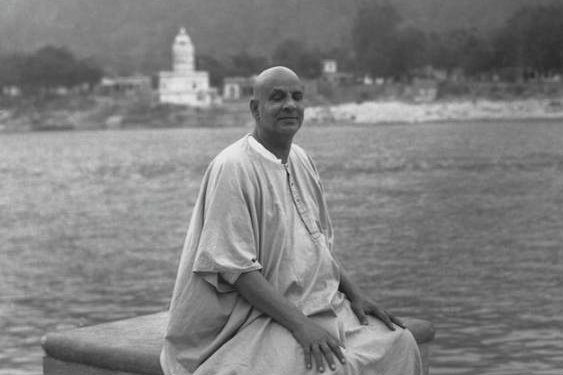

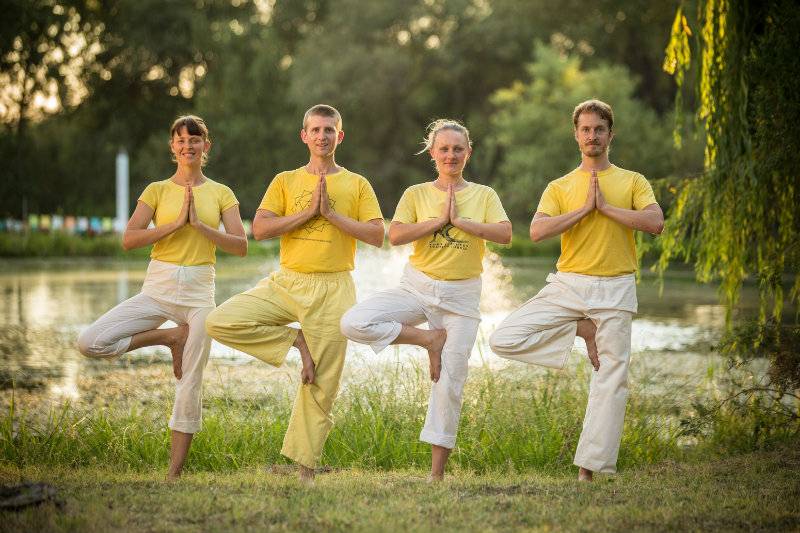
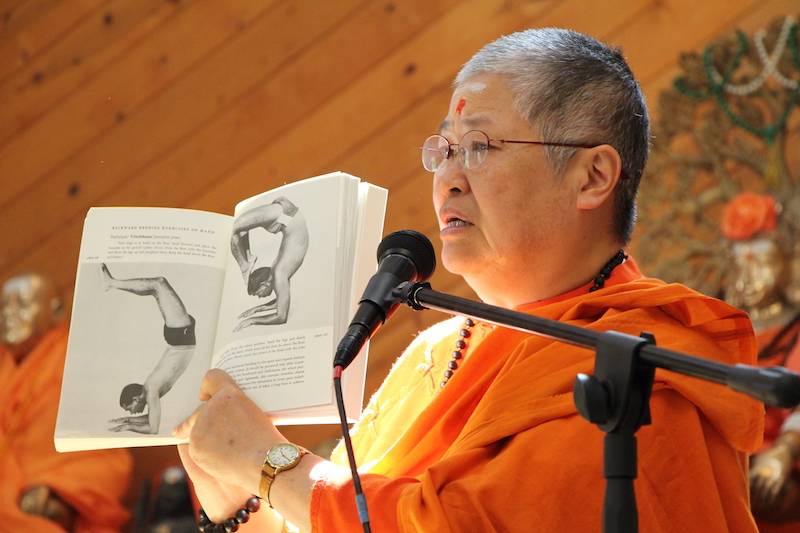
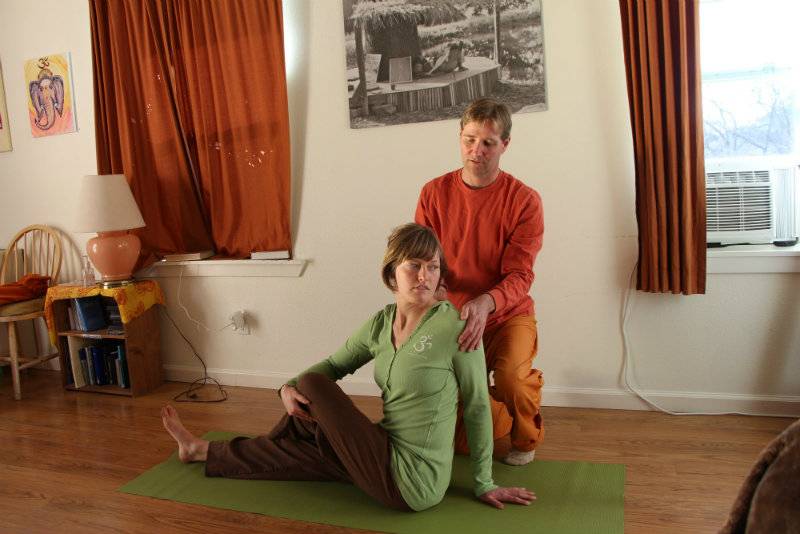



 Everybody knows there is such a thing as Yoga, but only a few are aware of what it could and should mean for them and for the whole world. Many in the West regard it as a system of physical culture with only a few knowing it as a self-realization practice.
Everybody knows there is such a thing as Yoga, but only a few are aware of what it could and should mean for them and for the whole world. Many in the West regard it as a system of physical culture with only a few knowing it as a self-realization practice.
